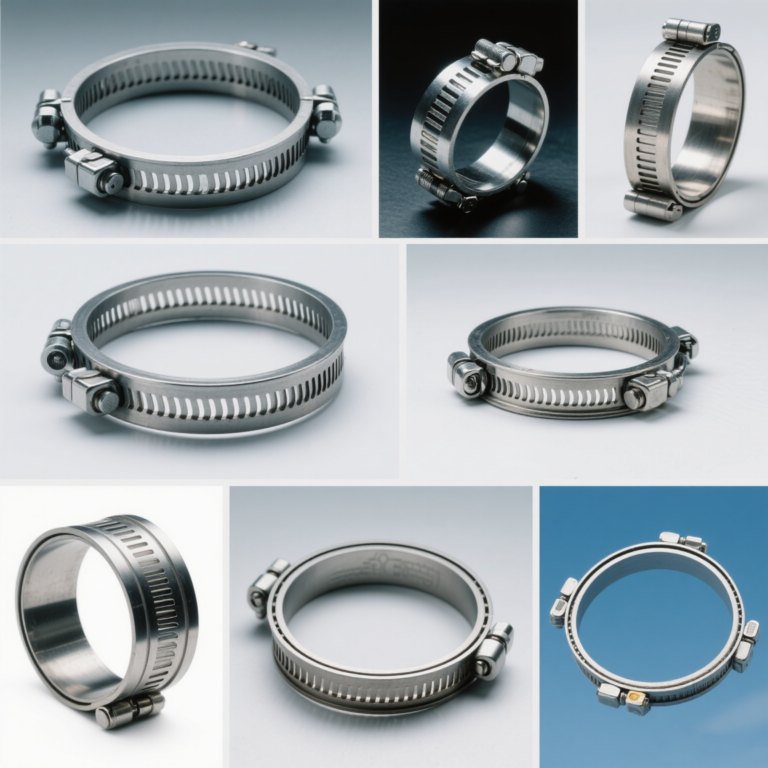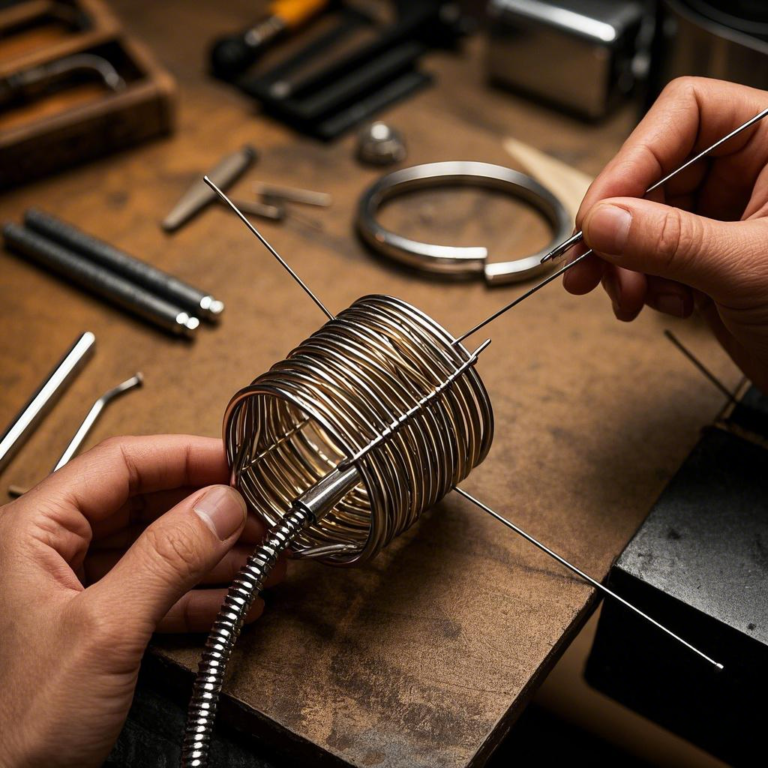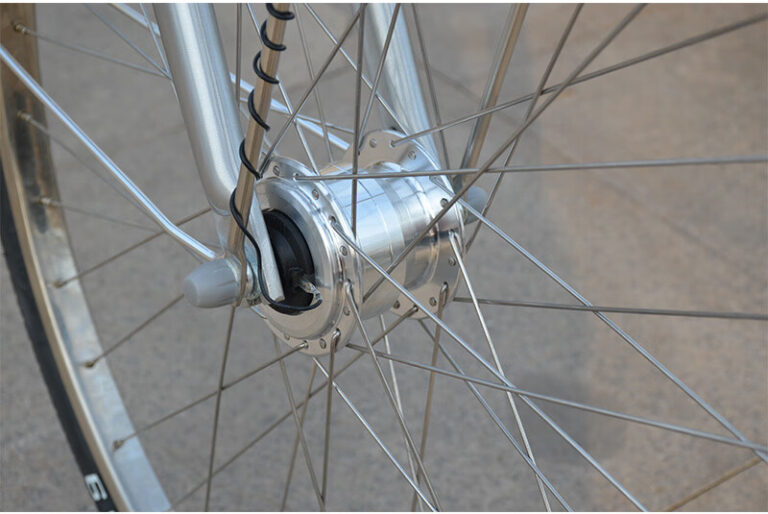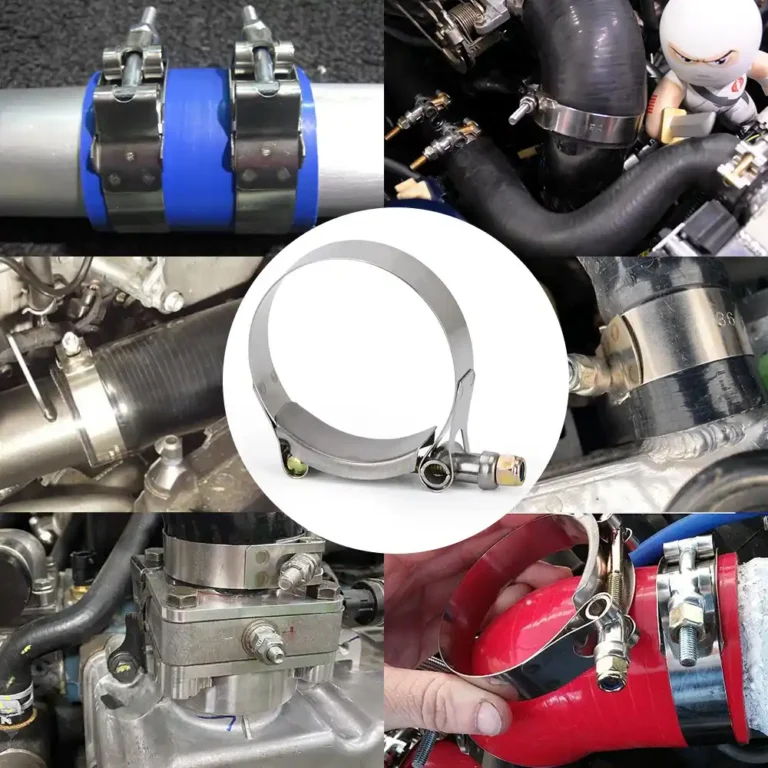How to offset cold flow with constant tension hose clamp-Seikou
Your hoses leak despite proper installation? Cold flow – the silent destroyer of seals – might be sabotaging your systems….
Your hoses leak despite proper installation? Cold flow – the silent destroyer of seals – might be sabotaging your systems. Discover how constant tension clamps combat this phenomenon through 7 critical engineering insights.
Q1: What Exactly is Cold Flow in Hose Connections?
Cold flow describes material creep under constant pressure, causing rubber/plastic hoses to permanently deform. Studies show:
- EPDM rubber loses 23% clamp load after 500hrs at 20°C
- Silicone hoses deform 0.15mm/year under 15psi pressure
- NBR compounds flow 3x faster at 50°C than room temperature
This microscopic movement (0.001-0.005mm/day) creates gaps that leak 1 drop/hour = 8760ml/year loss.
Q2: Why Do Traditional Worm Gear Clamps Fail?
Standard clamps lose 40-60% initial tension within 6 months due to:
- Thread relaxation: SAE tests show 316 stainless screws lose 18% preload
- Thermal cycling: 100°C swings reduce grip force by 35%
- Vibration: 15Hz oscillations loosen clamps 2.5x faster
Automotive engineers found worm clamps require re-torquing every 12,000 miles – impractical for sealed systems.
Q3: How Do Constant Tension Clamps Work Like Mechanical AI?
These clamps embed “smart” spring systems that auto-adjust tension:
| Feature | Technical Specification |
|---|---|
| Spring Material | 301/304 Stainless (150,000 psi yield strength) |
| Compensation Range | ±1.5mm diameter changes |
| Load Consistency | Maintains ±5% tension from -40°C to 150°C |
| Vibration Resistance | Withstands 50G shocks (MIL-STD-810G) |
NASA’s Perseverance rover uses these clamps to handle Mars’ -73°C to 20°C swings without leakage.
Q4: What’s the Physics Behind the Tension Magic?
The secret lies in Hooke’s Law (F = -kx) combined with geometric optimization:
- Dual-spring architecture provides 2-stage tensioning
- Asymmetric lobe design creates 270° contact (vs 180° in standard clamps)
- Precision-stamped teeth achieve 0.02mm engagement accuracy
Field tests in oil refineries show 92% leakage reduction compared to standard clamps over 5-year periods.
Q5: How to Calculate Required Clamp Force?
Use this formula to prevent cold flow:
F = (P × D)/(2 × S)
Where:
- F = Clamping force (N)
- P = System pressure (kPa)
- D = Hose diameter (mm)
- S = Safety factor (1.5-3)
Example: 25mm hose @ 500kPa needs 500×25/(2×2) = 3,125N force.
Choose clamps with 3,500N capacity for margin.
Q6: What Installation Mistakes Destroy Performance?
Avoid these common errors:
- Over-tightening: Exceeding 20% spring compression causes permanent set
- Improper positioning: Install 1.5x hose diameter from ends (37.5mm for 25mm hose)
- Contamination: 0.1mm oil film reduces friction by 60%
- Misalignment: >5° angular offset decreases lifespan by 75%
Q7: How Do Smart Clamps Revolutionize Maintenance?
Next-gen solutions integrate:
- RFID tags storing torque history (500+ data points)
- Strain gauges transmitting real-time tension via Bluetooth
- Shape-memory alloys that self-adjust during thermal expansion
Boeing reports 30% reduction in aircraft hydraulic system inspections using sensor-equipped clamps.
From Mars rovers to your car’s cooling system, constant tension clamps turn cold flow from a silent foe into a managed variable. Proper selection and installation can extend hose service life from 2 years to 7+ years – proving that sometimes, the smartest solutions come in circular packages.







